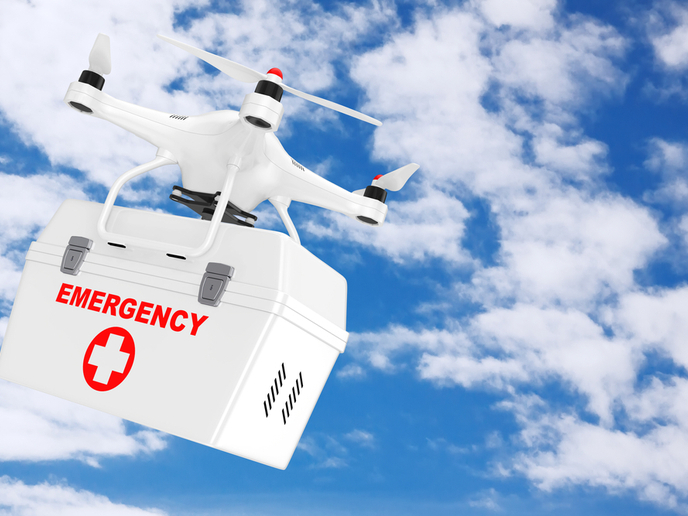Saving the Sava river basin
The River Sava is the biggest tributary of the Danube and receives discharges from no less than four Balkan countries, Bosnia-Herzegovina, Croatia, Serbia and Slovenia. Moreover, it connects three of the capital cities, Belgrade, Llubljana and Zagreb. As such, it is an essential element of the socioeconomic framework of the Balkans, in particular providing many recreational resources from unique wetlands and biodiverse forest. For some two decades, information regarding use of land and water resources has been inadequate to manage this valuable resource and capitalise on its assets. Reasons included weak institutional and legal control of resources with consequent insufficient monitoring for data. For beneficial action to provide sustainable use of catchment resources, the 'Sava river basin: sustainable use, management and protection of resources' (SARIB) project aimed to develop and validate tools. These procedures were based on a combination of chemical analyses and biological impact assessments to evaluate the extent of pollution and its impact on life in the river. Geographical distribution of the pollution was tracked using a geographic information system (GIS). Data on environmental parameters including pollutants, bioaccumulation and fish health was also collected and combined with model approaches to develop assessment tools. SARIB project achievements included a prediction model for the behaviour of hazardous toxins. The model was integrated with a socioeconomic system to be able to analyse different scenarios, remediation measures and best practice methods. Importantly, tools were developed with which to identify, mitigate or distribute critical loads according to ecological vulnerability potential and predictions for optimal economic exploitation of catchment resources. The SARIB researchers have extended interdisciplinary, synergistic collaboration of researchers, scientists and other stakeholders involved in the management of this important river base resource. Overall, with this input together with the newly developed modelling tools, the future of the Sava basin looks promising for its wildlife and residents.







